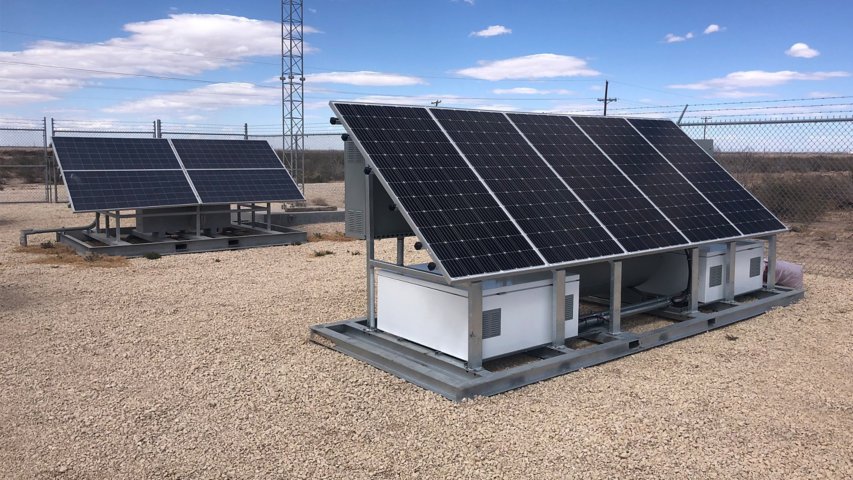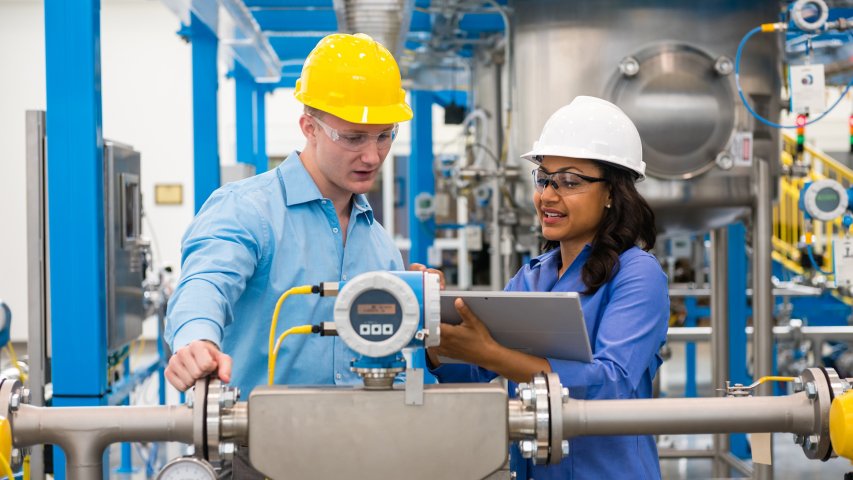Compressed air. Nearly every manufacturer uses it as an energy source. However, we know it’s one of the more inefficient sources of energy, with up to 80% of the energy input being lost as heat. What’s a manufacturer to do?
Enter: Case Controls. With over 30 years of experience, Case Controls can come into a plant, look at how it’s currently running, and then put together a suite of solutions to help the customer reduce their carbon footprint and find financial savings on energy costs. Lou York, Director at Case Controls explains, “When you can present them with opportunities to save some energy, reduce carbon footprint, and tie in ROI because you’re also saving on energy costs, it’s a win-win.”
Partnership to Drive Sustainability
Case Controls participates in the Rockwell Automation PartnerNetwork program as a Gold-level OEM Partner. They deliver their solution using Rockwell Automation products. “Our customers are pleased when they see are we are using Rockwell products,” Lou says. “Rockwell Automation has a large footprint in the industry, and they’re well accepted. And, they have all the tools we need to develop and maintain our solutions.”
Lou reflects on how much his company has done for the environment, “Over the last 30 years, we’ve reduced a significant amount of energy in large manufacturing plants.” he says. At Rockwell Automation, we’re proud to support the work Case Controls is doing.
Results Achieved: Toyota
Toyota’s Huntsville plant makes engines for popular Toyota vehicles like the Tacoma, Tundra, and Highlander. The plant’s air compression system is central to their production process. Like many air compression systems, it was very energy intensive. In fact, operating it accounted for 25% of the plant’s annual energy costs! Toyota contacted Case Controls and IZ Systems in search of a more energy efficient solution.
The two companies partnered to deliver a two-part solution that included local and plantwide controls. The results were incredible: the plant is now saving $68,000 in energy costs. Additionally, workers now have access to real-time trending data they can use to keep the system running smoothly. Read more here.
Published November 1, 2022







